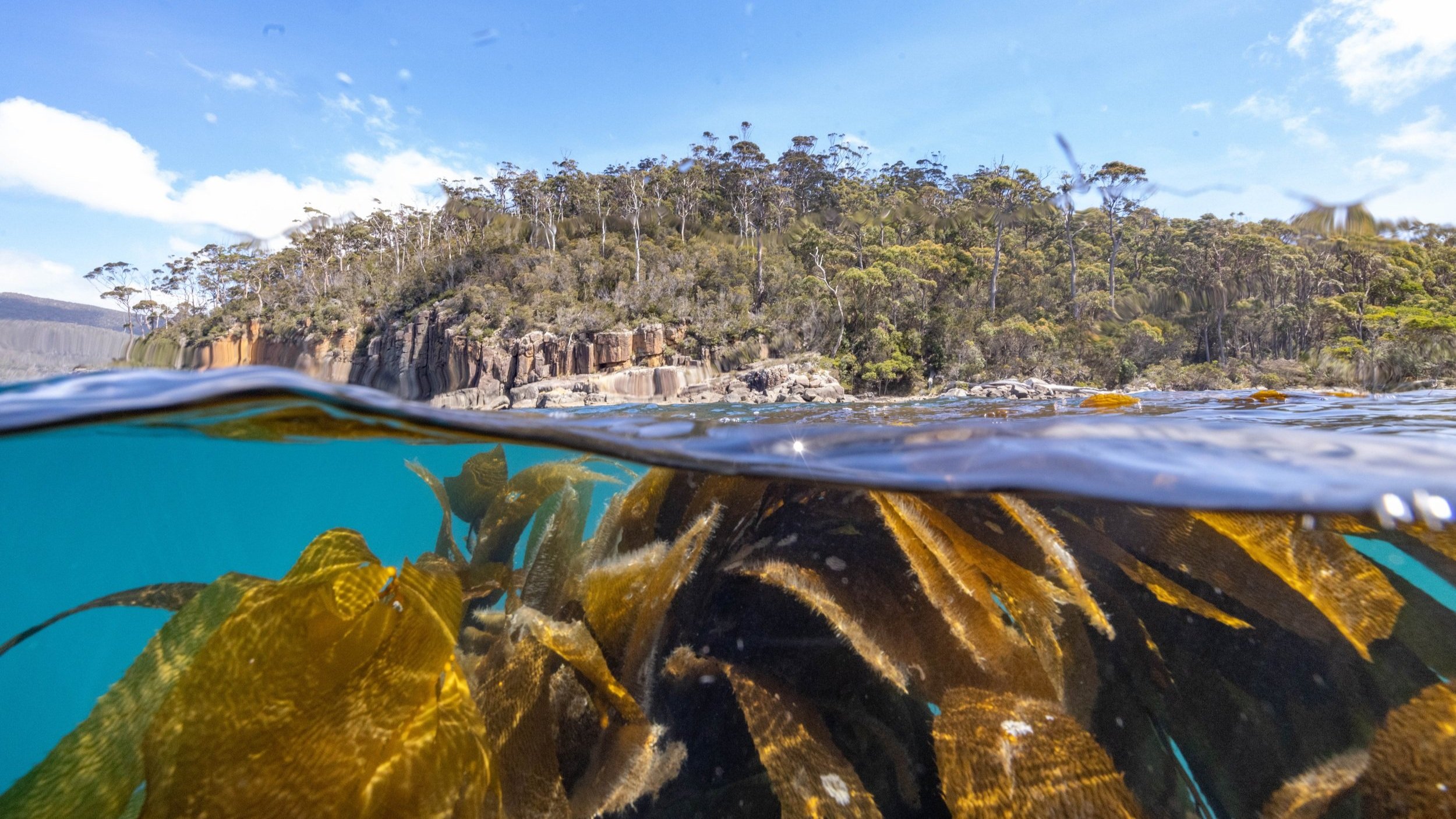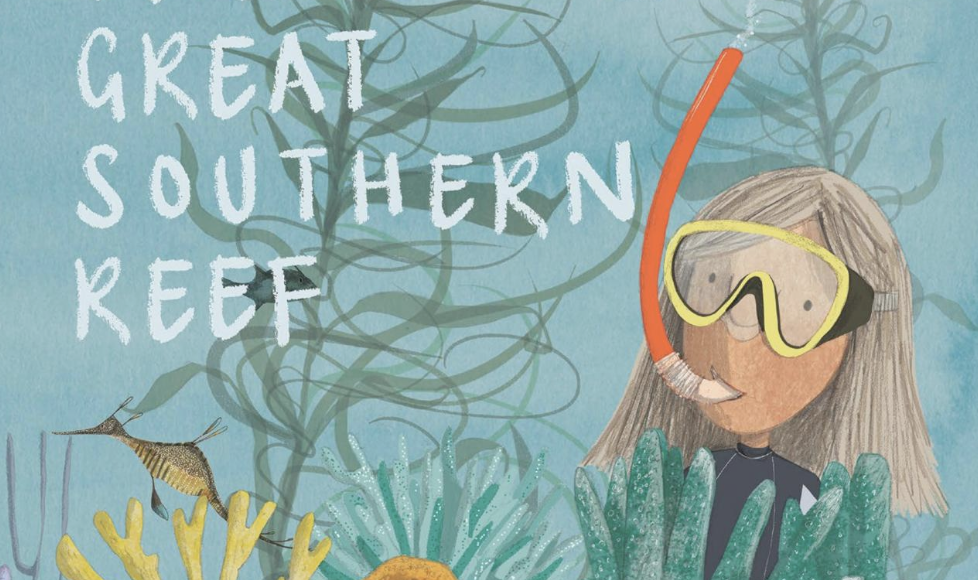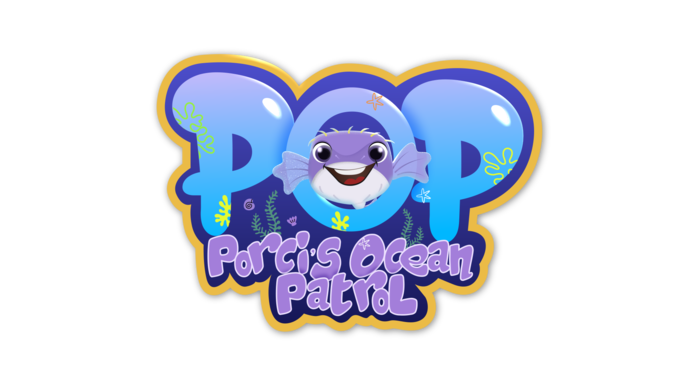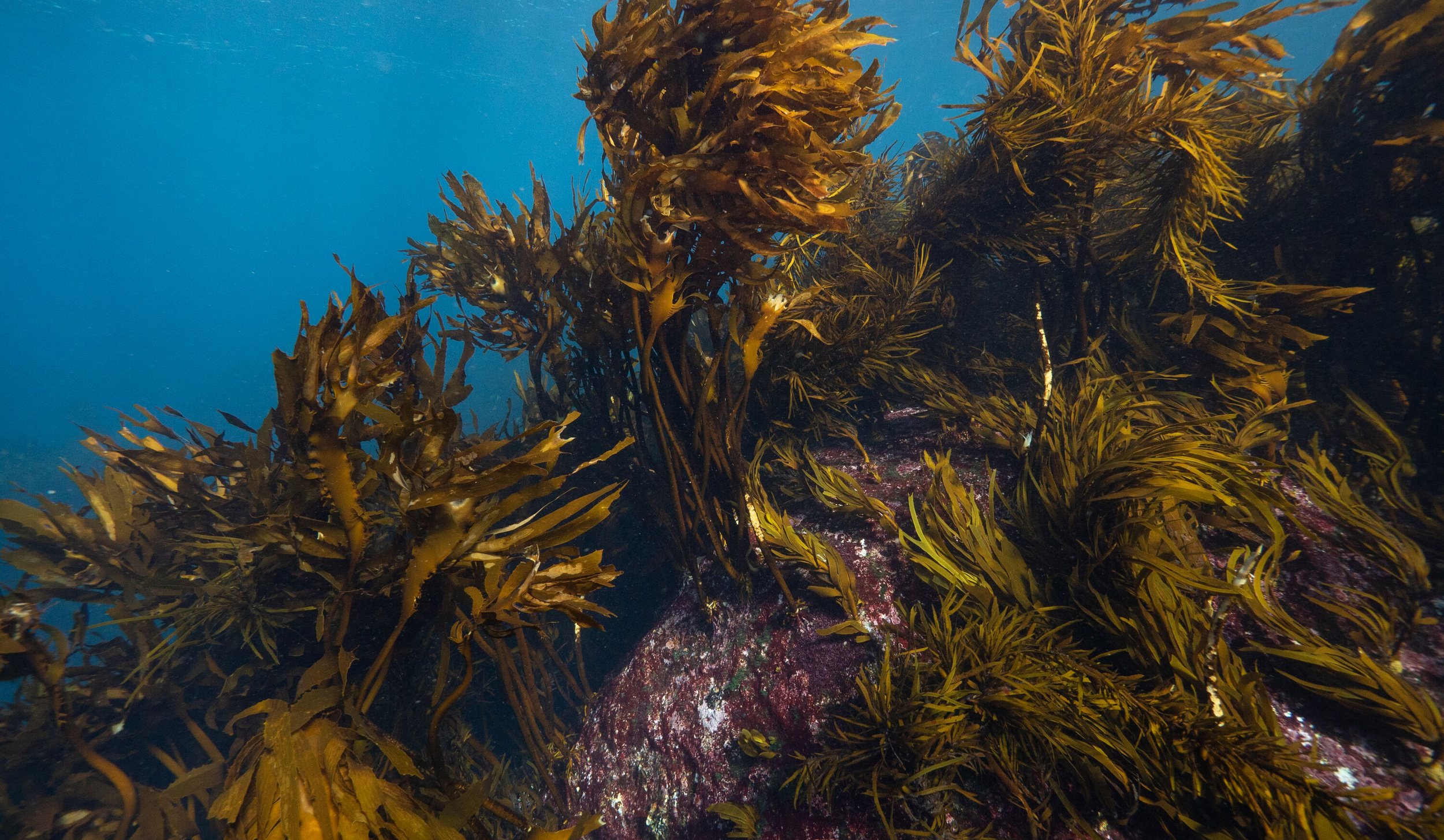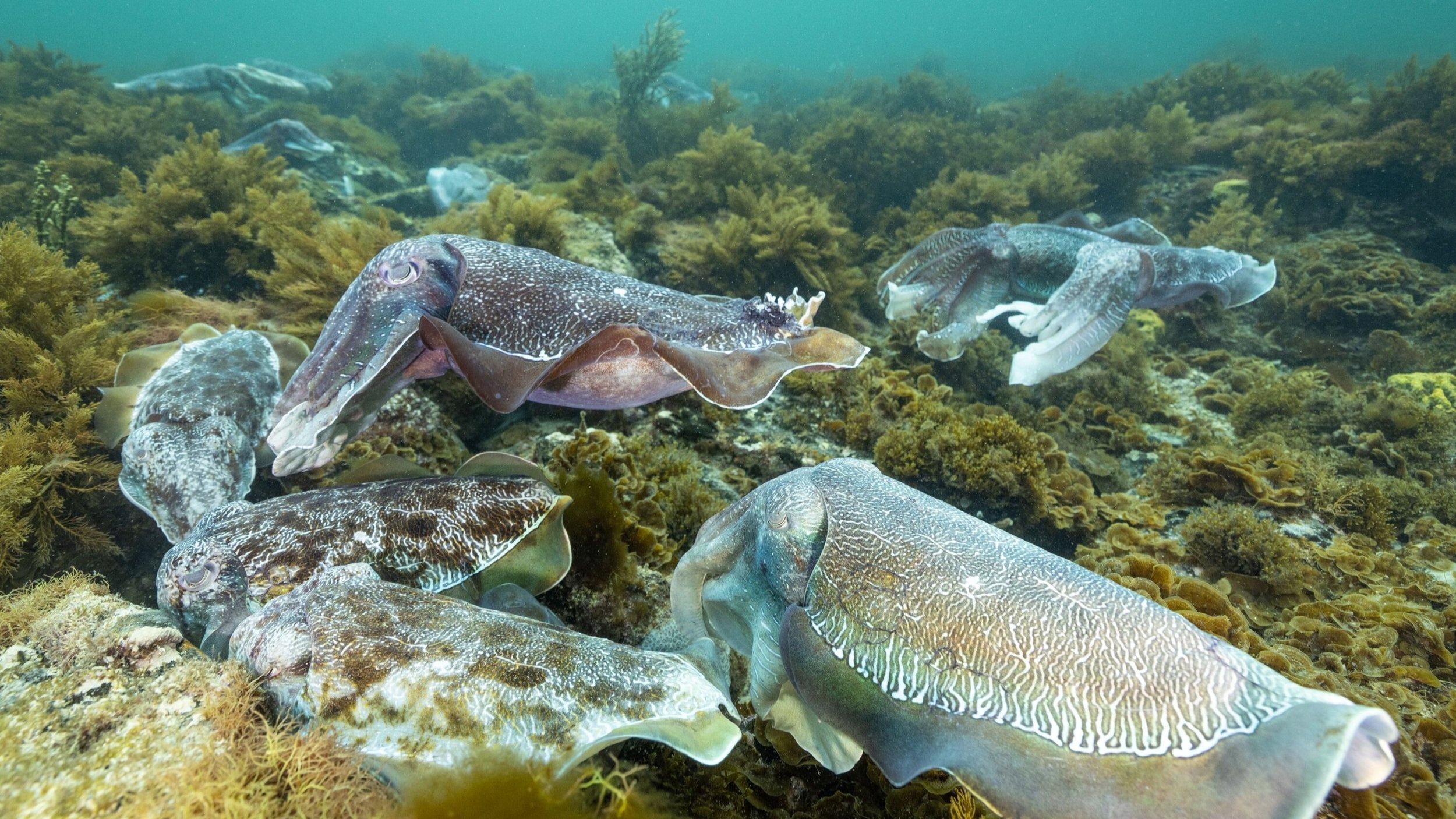More resources
Discover a hand-picked selection of resources that immerse your students into the vibrant world of the Great Southern Reef. This collection showcases materials that the GSRF either had a hand in crafting or proudly endorses.
This video helps teachers understand the concept of Ocean Literacy with a local Great Southern Reef context.
The Great Southern Reef Foundation has partnered with Google Arts & Culture to develop this lesson plan about the GSR, how kelp forests are endangered globally and what we can do to help save these forests.
Frontiers for Young Minds is a scientific journal written in language that is accessible for young readers. This paper takes a look at the Great Southern Reef, some iconic species and ways to protect this iconic ecosystem.
This guide is for primary school teachers using children’s literature to teach marine science in schools. The booklet includes background information, useful links and activity guides to create an interactive and fun unit focussed on the GSR!
GSR Picture Book
Aimed at year 1-4 students, CSIRO Publishing have created these Teacher Notes to support classroom use of the Great Southern Reef picture book by Prue Francis and Paul Venzo.
Click here for a collection of other GSR themed picture books.
For teachers exploring the Great Southern Reef through picture books, the article "The Role of Children's Literature in Marine Education" offers insightful perspectives on integrating marine themes into educational settings. It underscores the importance of using literature to cultivate environmental stewardship and ocean literacy among young learners.
Porci’s Ocean Patrol is a collection of short, beautifully animated videos that educates reception to year 4 students about the Great Southern Reef. Porci’s Ocean Patrol is a Marine Discovery Centre project and can be accessed on YouTube and the Marine Discovery Centre website. Click here for student activities and resources.
The school kit is aimed for years 5-8 and is packed full of activities and videos focusing on themes including seaweed, sustainability, sanctuaries, sea urchins and more.
The GSR is home to a rich diversity of shark and ray species. This lesson package for year 7 students gives science students a unique opportunity to view and analyse video footage of sharks and rays recently collected by scientists in State and Commonwealth Marine Parks using BRUVS (Baited Remote Underwater Video Systems) technology.
Nestled in the twilight zone of the ocean, mesophotic reefs present a mysterious and less explored area between the well-lit shallow waters and the dark abysses. These unique ecosystems, found at depths of 30 to 150 metres, are treasure troves of biodiversity, hosting an array of life forms adapted to low-light conditions. Leveraging the technology of Baited Remote Underwater Video Systems (BRUVS), in this new resource and video students will get an up-close look at the mesophotic zones' inhabitants through recently captured video footage.
Filmed and produced in stunning 3D 180° exclusively for Meta Quest headsets, this 8 minute narrative features sea dragons, seals, sharks, colourful sponge gardens and the spectacular giant kelp forests of Tasmania, including efforts by scientists to preserve and restore these crucial habitats.
In this resource, year 7-10 students will explore the connections that we have with the ocean and inspire your students to design a new ecotourism venture in your local marine park. A good place to start is to watch this explainer video.
In this resource targeted at the year 5-6 level, student will design a scientific technique to monitor or survey animals, plants and the environment in South Australia’s marine parks.


